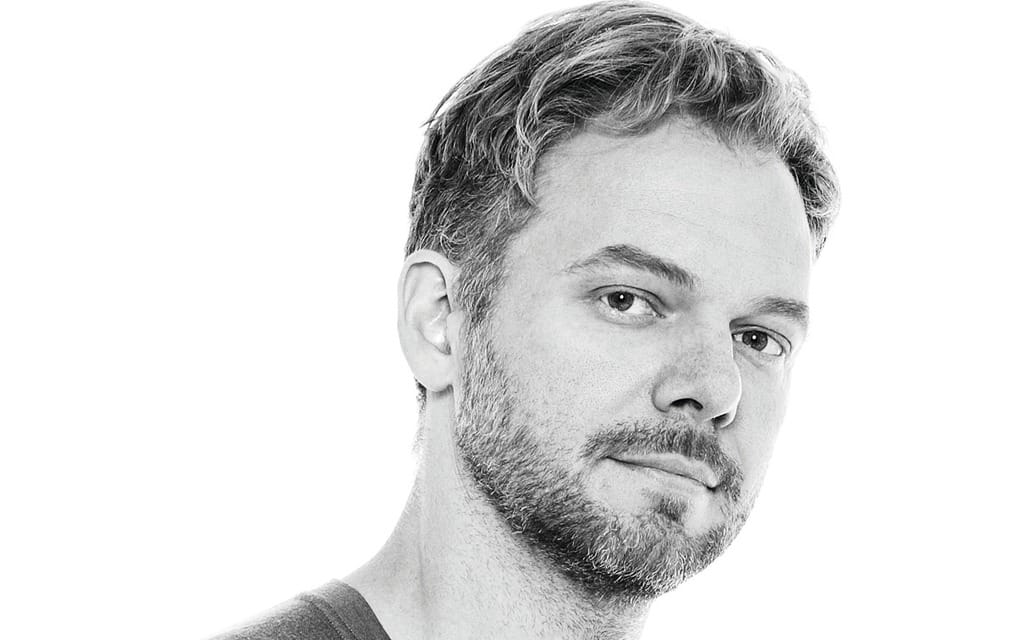It’s time for an industry update, and I’m afraid it’s bad news. 2017 is half over and new motorcycles are not selling as fast or as easily as last year. Not to worry, say the heads of the big manufacturers. 2016 was a record breaking sales year. It was bound to go down a bit.
The trouble isn’t with demand. Canadians and Americans are as crazy about new motorcycles as ever they have been. The issue is cash, and the sudden lack thereof. Most serious media outlets and the federal government have been saying for years that household debt levels are at record levels that match the record auto and motorcycle sales of the past two years. Those who could safely afford a new motorcycle still can; however, a distressingly large and increasing percentage of those on the margins no longer can.
Cycle Canada readers are mostly older, and some would say wiser, than the average Canadian consumer. If you have enjoyed motorcycling for a few decades and survived the high nicotine, helmet-optional era of past decades and find yourself astride a $25,000 BMW GS, chances are you have demonstrated physical and fiscal responsibility.
However, a significant portion of the powersports industry is fed by consumers significantly lower down the responsibility register. These are not people who are unsafe or of a particular age, but rather people who use credit to enjoy big-smile purchases like high-end trucks, motor boats and powersports equipment like ATVs and luxury motorcycles. At one manufacturer I once worked for, a subset of these consumers was referred to as living by the 30/30/30 rule: 30 percent of their income was dedicated to rent, 30 percent on a truck and 30 percent on toys. With practically interest-free loans and a steady economy this distribution of income is possible, but just one surprise like a fractional increase of interest rates or pricing pressure from living costs can blow the whole thing apart. As we learned, it only takes a small percentage of the total population to default for the banks to crater.
As with the financial crisis of 2008, it is this marginal group that is the canary in the coal mine. Powersports and auto assets spend most of the duration of the loan underwater, meaning they are worth less than the amount borrowed against them. Repossession adds more supply to the glut, but unlike mortgage defaults auto and powersports equipment will never recoup their value. Delinquency on auto loans (into which motorcycle and ATV loans also are lumped) has been on the rise for years, hitting an eight-year high of (US) $8.4 billion, out of a total auto credit industry worth $1.2 trillion.
That’s trillion, with a “t”.
As of May, every major car company has been slashing prices and offering steep cash incentives to lure buyers. The motorcycle industry is not far behind, with major brands like Harley-Davidson and Yamaha offering zero percent long-term financing or high triple-digit discounts on new 2017s. Adding to this pressure, everyone is stocked with thousands of unsold, new 2016 and in some cases 2015 models. And it is still June as I write this, historically the time of the year with the highest sales demand.
What this means for you and me is that, if you have your financial house in order, you are going to be looking at absolutely killer deals on new motorcycles come November, as the 2018 model year gets introduced. You won’t likely get much relief on popular models that really hit the target, like Honda’s Africa Twin or the Yamaha MT-07 (one of the absolute best-selling motorcycles over 500 cc in the world), but if you want literally anything else you should be able to ride out with wild savings.
I’m not happy about the situation, so don’t misread this report as some kind of insufferable “I told you so” moment. The world motorcycle industry deserves a round of drinks and universal praise for its remarkable turnaround after the last crisis. It is not generally understood just how close most major motorcycle manufacturers came to oblivion eight years ago. Yamaha closed more than 10 factories and cut its production by millions of units. Harley-Davidson was on the brink of total financial collapse. If not for the eye-watering efforts by most of the industry (and generous cash bailouts in some cases), we might have lost at least half of the big brands we take for granted today. It was that close.
Like 2008, the credit crisis to come is not born in the motorcycle business but will be felt by it. Mortgages are now somewhat safe, but predatory auto lending is still unchecked and has racked up a phenomenal tally of victims. We live in a truly golden age of motorcycling, with a combination of incredible variety, innovative technology and value just one visit to a bike shop away. It would be an epic tragedy if it all came undone because of greed and lack of regulation of the finance industry. Riding away with a discounted motorcycle next spring will be small consolation if that happens.






